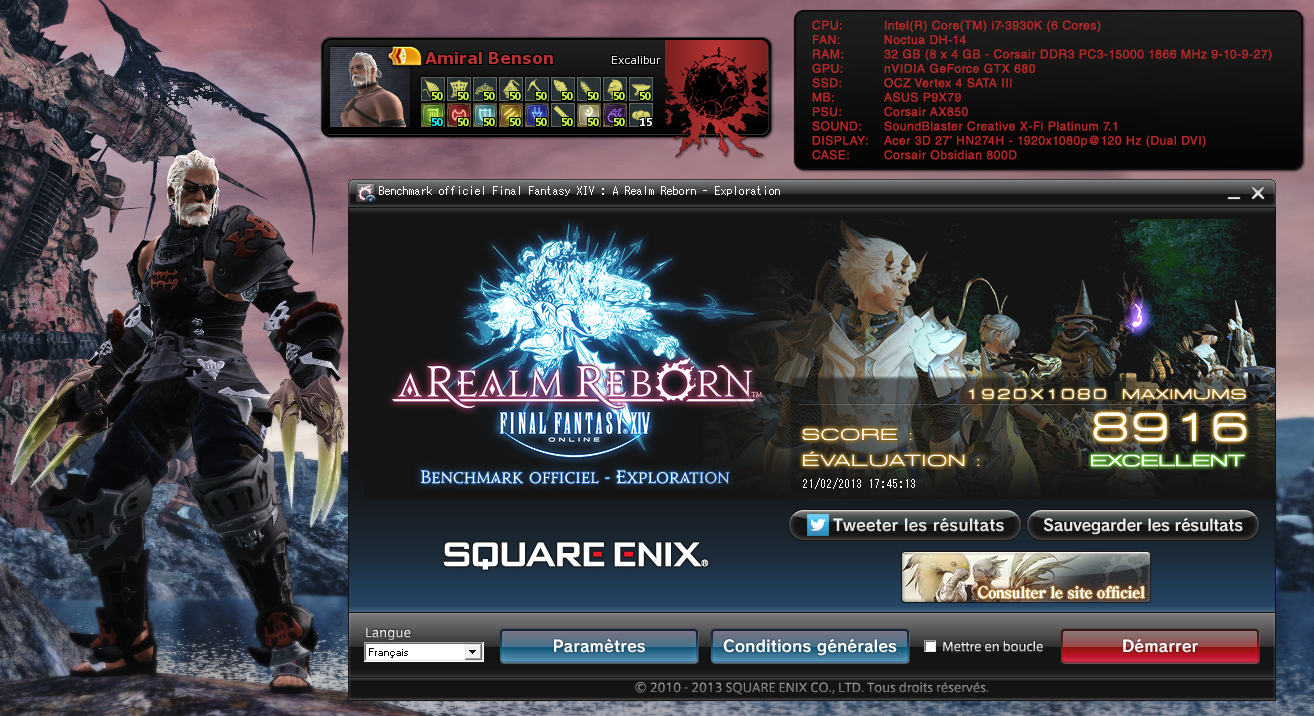

It learns to automate the process, delivering anti-aliasing approaching the quality of 64xSS, whilst avoiding the issues associated with TAA, such as screen-wide blurring, motion-based blur, ghosting, and

#Ffxiv benchmark how to#
Reviewing and comparing the shots, to learn how to approximate the quality of 64xSS without its immense performance cost.Īs the network repeats the process its algorithms are tweaked, and

(64xSS), and then another set of images captured without anti-aliasing. Now you’ve seen how DLSS can improve image quality and performance, perhaps you’re wondering how it works?įirst, we show a neural network thousands of screen captures from each DLSS game that are up to 64x Performance from generation-to-generation increases by up to 89% with DLSS enabled, and on our latest RTX GPUs, gains of up to 40% over TAA are delivered by enabling DLSS, giving gamers even faster experiences, and extra headroom to crank up the quality of visual effects. Running the benchmark gets you a score, but if you want to capture framerates, use MSI Afterburner’s or Fraps’ benchmarking functionality, or something similar. If you’ve got a GeForce RTX graphics card, you can download this new DLSS benchmark here, though you can also run it without the benefits of DLSS on any GPU. One of those is Final Fantasy XV: Windows Edition, and now developer Square Enix has released a special version of the game’s benchmark that demonstrates how DLSS looks and performs in their graphically-advanced, performance-intensive, open-world role-playing action game. It’s coming to many games, 25 of which we’ve announced already. Our new, powerful GeForce RTX graphics cards boast an innovative new technology called Deep Learning Super-Sampling (DLSS), which combined deliver up to 2X the performance of previous generations.


 0 kommentar(er)
0 kommentar(er)
